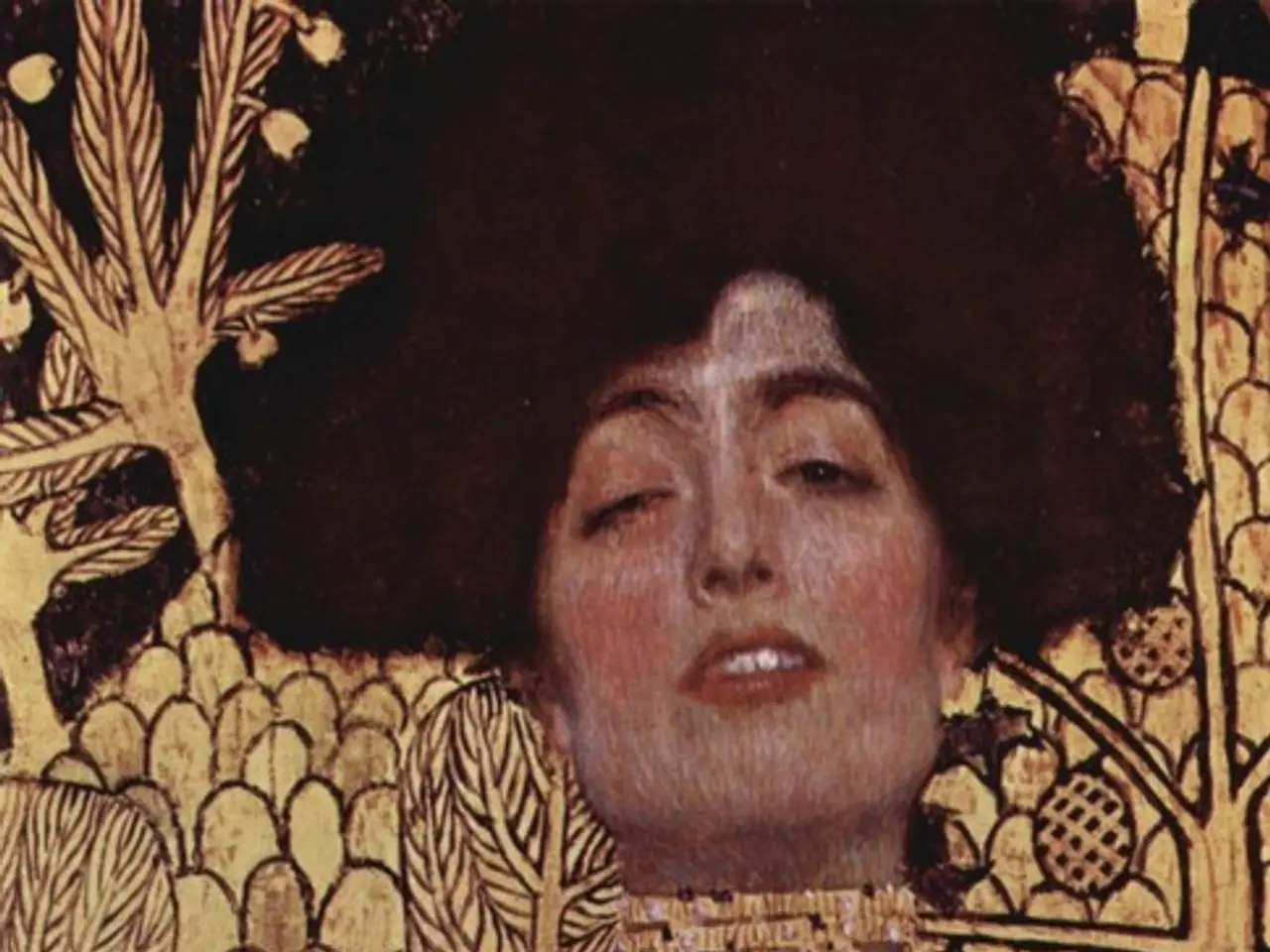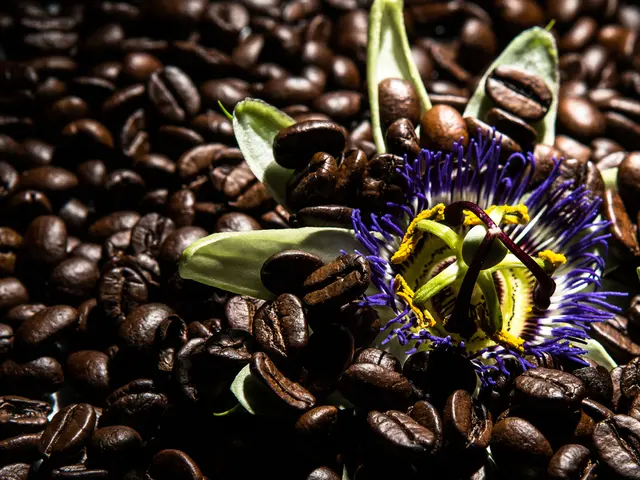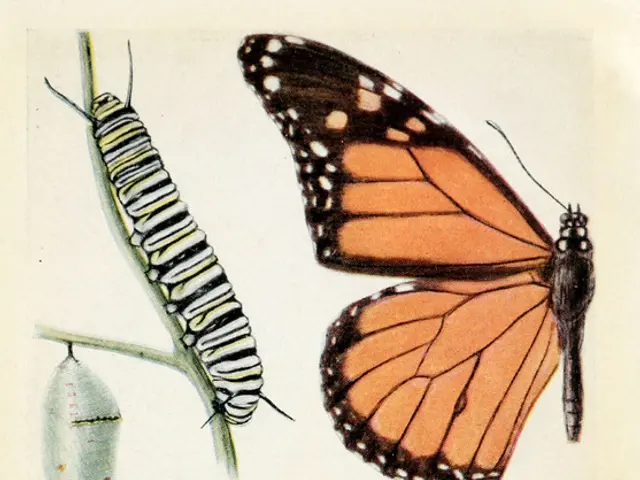Explore the Realm of Oil Pastel Artistry: Unleash Your Inner Artist
===================================================================
Oil pastels, a versatile and rich medium for artists, offer a unique way to express creativity and explore vibrant colors and textures. These creamy sticks of pigment, non-drying oil, and wax binder glide smoothly over paper, producing rich, vibrant colors that can be blended easily, transforming ordinary drawings into masterpieces with varying tones and shades.
For those new to oil pastels, understanding the techniques, tools, and best practices can help embark on a fulfilling artistic journey. A step-by-step process for creating an oil pastel drawing includes choosing a subject, sketching the outline, applying base colors, blending and layering, adding details, and finishing and protecting the work.
Layering is a fundamental technique in oil pastel art. It involves applying one color lightly and then adding others over it to build depth, shadows, and highlights, starting from lighter to darker tones for a realistic effect. Blending can be done smoothly with fingers, cotton swabs, tissues, or blending stumps to merge colors seamlessly and create gradients. Using a textured, thick paper such as sanded pastel paper or Canson Mi-Teintes helps the pastel adhere and allows better color buildup.
When it comes to materials, investing in a good quality set of oil pastels is crucial for achieving the best results. Look for brands known for their intensity of pigment and smooth application, such as Pentel, Sakura, or Faber-Castell. A range of hues in an oil pastel set allows for mixing and matching for many different tones. Good quality sketchbook or smooth paper designed for oil pastels is essential for oil pastel drawings. Avoid glossy or thin papers that tear or don’t hold pastel well.
Tips for oil pastel drawing include working from light colors to dark, layering colors gradually to create dimension. Blend with tools or fingers to soften edges or create smooth surfaces. Consider using a fixative spray to preserve your finished artwork and reduce smudging. Keep your workspace clean and well-lit for better control and viewing of colors.
For beginners, simple subjects like fruits, flowers, or landscapes can boost confidence and enjoyment in oil pastel art. Project ideas include a night sky scene with gradients of blue and purple, layering colors for depth, then adding a luminous moon and softly blended clouds in white and pale shades. A sunset drawing using warm hues like oranges, reds, and purples with layered and blended pastels to capture the brilliance and complexity of light. Nature-inspired themes such as ocean scenes or pathways, applying layering and blending techniques to create texture and atmosphere.
Participating in local or online art communities can enrich the artistic journey by providing inspiration, motivation, and valuable feedback. Art competitions can challenge artists to refine their skills and receive recognition for their efforts. Displaying oil pastel artwork in frames or digitally can showcase creations and connect with other artists.
In summary, focus on layering colors, blending techniques, and using the right materials such as textured paper and quality pastels. Start with simple scenes like landscapes or skies to develop your control and mastery over the medium. Consistent practice is crucial for mastering oil pastels, helping to develop confidence and improve skills. Reflecting on the process after completing a drawing helps inform future art projects and encourages growth as an artist.
Read also:
- Experiencing Adverse Reactions to Promacta: A Guide to Coping Strategies
- Forward-thinking entrepreneurs and digital nomads, discover a treasure trove of essential resources to empower your online journey with our curated list of top 10 start-up and digital nomad tools.
- Industries Embracing Thermal Drone Technologies in the Year 2025
- Current statistics and details concerning Jean Pierre Kraemer's assets in the year 2025







